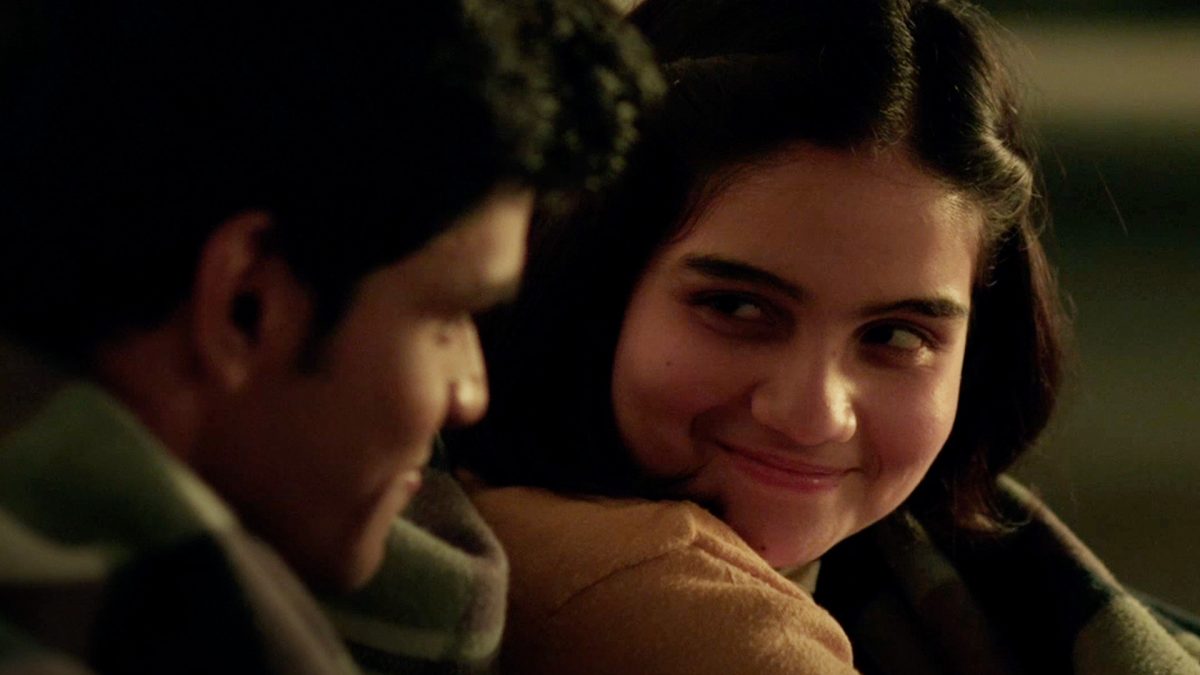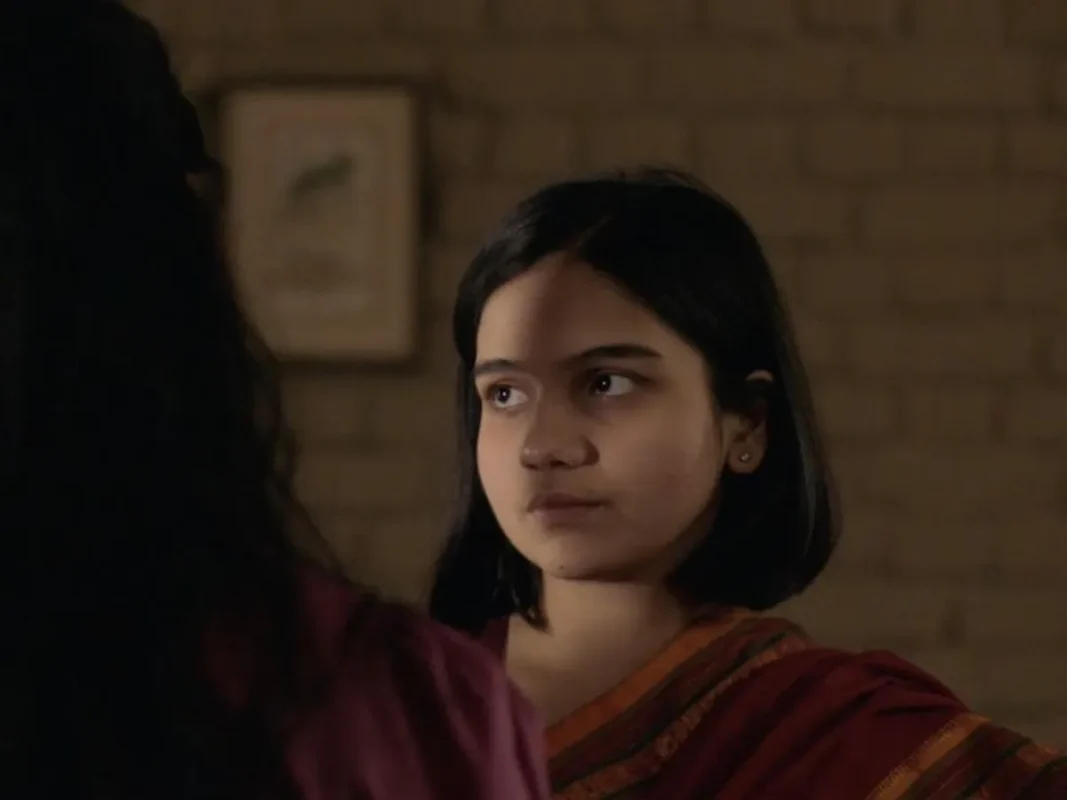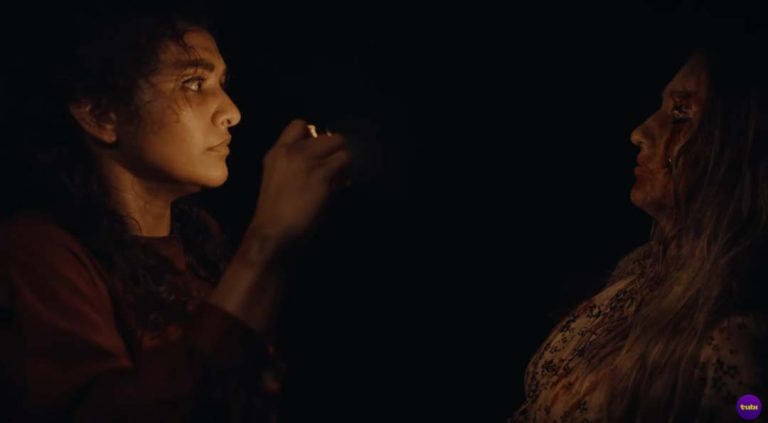The year 2024 signified a notable shift, with women taking the center stage in the Indian film industry. This article focuses on “Girls Will Be Girls,” the debut feature film by Shuchi Talati, which masterfully explores the feminist undertones embedded in silence, subtle conversations, and emotional tension, while intricately portraying nuanced familial dynamics and generational conflicts. Filmed in a cozy and intimate 4:3 aspect ratio, “Girls Will Be Girls” explores the suppression of women’s sexuality within a patriarchal framework, encapsulating the unsettling and unconventional tension between mother and daughter.
Winning the prestigious Audience Award: World Cinema Dramatic at the 2024 Sundance Film Festival, Shuchi Talati’s success stemmed from her keen observation of the world around her and her focus on untold stories. “The film was inspired by my girlfriends and their mothers in India,” Talati shares. Set in the 1990s at a conservative Indian boarding school nestled in the Himalayas, “Girls Will Be Girls” follows Mira (Preeti Panigrahi), a straight-A senior who navigates the delicate balance between her academic responsibilities and her burgeoning feelings for Sri (Kesav Binoy Kiron).
While the premise may lead one to believe that this could be a familiar tale, Talati steers clear of the regular adolescent drama. Instead, she digs into the deeper implications of repressive societal norms on women. The story takes an unexpected yet engaging turn with the arrival of Mira’s mother, Anila (Kani Kusruti), adding new emotional complexity to the narrative.
The Other Woman: Lens of Psychoanalysis
The conflict between mothers and daughters stands as one of the most profound themes in the world of cinema. What sets “Girls Will Be Girls” apart from the other films is the depth of its exploration of the subconscious competition that mothers often experience in relation to their adolescent daughters. Since the beginning of the twentieth century, psychologists have postulated that mother-daughter envy is not only normal but inevitable. The turning point in the film emerges during a scene where Mira and Sri begin dancing together during a study break. Anila interrupts, separates Mira from Sri, and instead shows her dancing moves to him.
This moment reveals the intricacies of Anila’s mind, where jealousy and possessiveness begin to surface. As Sri leaves, Anila hums and dances contentedly, a display that triggers jealousy in Mira, setting up an intricate rivalry between mother and daughter. The psychological tension deepens relentlessly as Mira’s academic accomplishments start to crumble under the weight of her obsessive determination to sever the bond between Sri and her mother, Anila. Meanwhile, Anila’s infatuation with Sri escalates into a disturbing climax where she invites him to share her bed.
This dynamic aligns with Deutsch’s theory, revealing Anila’s deep-seated insecurities about her fading sexual allure. The more she observes Mira and Sri together, the more keenly she feels the pain of loss and erosion of her youthful energy. The attentiveness of Sri ignites an illusion within Anila—a desperate hope that she still possesses the allure of her youth, a bittersweet fantasy she clings to as her emotional anchor.
Women Perpetuating Patriarchy
Also Read: 10 Best Movies That Poignantly Explore Girlhood
The patriarchal behavior exhibited by women towards one another remains an often-overlooked facet of gender-based rivalry. Shuchi Talati’s “Girls Will Be Girls” masterfully explores this women-driven patriarchy, portraying how long-standing gender stereotypes are weaponized by women against one another, even as both remain victims of a deeply flawed system. Talati’s narrative mirrors this similar viewpoint, particularly in a scene where Mira criticizes her mother, Anila, for her choice of books.
This moment vividly captures the vulnerability of homemaking women, especially in South Asia, whose financial dependence on their husbands renders them susceptible to such indignities. Talati’s scriptwriting brilliantly subverts traditional notions of patriarchy by shifting its enforcement from the husband to the daughter, herself a woman ensnared in the same oppressive framework. Through this layered depiction, the film lays bare the cyclical and pervasive nature of patriarchal conditioning.
Another poignant scene in the film captures the perpetuation of patriarchal stereotypes through Ms. Bansal (Devika Shahani), the headmistress of Mira’s school. In one instance, she is depicted measuring the lengths of the skirts worn by her female students. Ms. Bansal’s actions exemplify how patriarchal expectations are often fueled by women themselves, reinforcing the belief that women’s modesty must align with male standards of acceptability.
The narrative reaches a critical point on Teacher’s Day when Mira is harassed and slut-shamed by a group of boys at school for her relationship with Sri. Instead of protecting her, Ms. Bansal questions Mira’s character. This portrayal of victim-blaming as an inherent feature of a patriarchal setting emphasizes how women themselves often unknowingly become enforcers of the very systems that oppress them.
The Prison of Silence
The taboo surrounding sexual freedom in South Asia has been a deep-rooted social construct. “Girls Will Be Girls” unfolds through the lens of 16-year-old Mira (Preeti Panigrahi), delivering one of the most entrancing performances in contemporary Indian cinema. Mira’s profound conservatism, likely the foundation of her appointment as the school’s Head Prefect, shapes her outward persona. Yet, beneath this carefully cultivated image lies a teenager wrestling with unvoiced emotions and unacknowledged questions.
Just like Anila, Mira too epitomizes the ‘double bind’ described by Marilyn Frye. Secretly, she is fond of performing acts of self-discovery, kissing her wrist in the shower, trying to balance her curiosity with her body and exploration of adolescence, while the lack of open guidance underscores the cultural void surrounding conversations on self-discovery. Director Shuchi Talati has brilliantly captured the emotional and communicative distance that exists between adolescents and their families at this phase in life, especially in most Indian households.
Check Out: 10 Unconventional Coming-of-Age Movies Worth Exploring
The use of a 4:3 aspect ratio, combined with a grainy texture, provides Shuchi Talati with a visual canvas that allows for both striking spatial compositions and intimate storytelling. One particularly crucial sequence captures this dynamic masterfully. Following a wide shot of the expansive sky, the camera transitions to an intense close-up of Mira’s face while having sex with Sri up in the mountain. The juxtaposition of the open, limitless sky and Mira’s confined expression captures the silent cacophony within her.
Tyranny of Male Validation
Male validation refers to the approval or recognition that men extend to women. “Girls Will Be Girls” explores the pervasive power dynamics ingrained within patriarchy through its crucial portrayal of female characters. From Anila to Ms. Bansal, no one is entirely free from the self-destructive cycle of seeking male validation. Sri plays a significant part because of the power patriarchy has given him to validate all the female characters’ desires. Not only Mira, but also Anila begins to perceive Sri’s attention as a precious escape from her monotonous and lonesome existence. For the first time in years, Anila feels seen as more than just a wife or a mother.
Talati referred to the concept of ‘Male Validation’ as the ‘key’, a metaphor that proved to be an important turning point in the film, leading to moments of self-realization for both Anila and Mira. This response reflects the crux of Talati’s brilliant writing, which avoids complicated dialogues or direct feminist speeches to tell the audience screaming, “I am giving you a message”. Instead, it subtly critiques how male validation operates.
In Her Eyes: The Unspoken Journey of Womanhood
Now, I am not afraid of her. I just can’t stand her,” Mira says of her mother, Anila — a line that captures the uneasy push-and-pull at the heart of “Girls Will Be Girls.” The film takes this fraught dynamic and unfolds it with a slower, more deliberate rhythm, ultimately revealing that daughters, in essence, are no one but their mothers.
When Mira facedsharassment from the boys at school, her desperate plea for help from Anila marks a subtle but profound shift in their relationship. Anila’s courageous indifference to societal judgment and her steadfast support reveal to Mira that her safety lies not just in the maternal bond they share but in Anila’s deeper understanding of her as a fellow woman.
This philosophy is beautifully reflected in the film’s final scene, where Mira caresses Anila’s hair while massaging oil. In that intimate moment, Mira, dropping a few tears, experiences a profound connection with her mother, transcending the boundaries of their relationship and recognizing their shared womanhood. She embraces the void women feel all the time, acknowledging their collective struggle and unspoken pain, the weight of which stems from their shared experience of patriarchy’s oppressive gaze.




![Neymar: The Perfect Chaos [2022] ‘Netflix’ Review: It Will Come Across as The Perfect Disappointment](https://79468c92.delivery.rocketcdn.me/wp-content/uploads/2022/01/Neymar-The-Perfect-Chaos-2022-768x432.jpg)
![The Shattering [2021] Review – A droopy psychological drama that fizzes out too soon](https://79468c92.delivery.rocketcdn.me/wp-content/uploads/2021/09/The-Shattering-1-768x432.jpg)



![Mank [2020] Netflix Review: An Obsessive Cocktail of Creativity and Politics](https://79468c92.delivery.rocketcdn.me/wp-content/uploads/2020/12/Mank-Netflix-highonfilms-1-768x426.png)